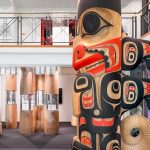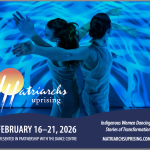MOA Presents A Future for Memory: Art and Life After the Great East Japan Earthquake
The Museum of Anthropology (“MOA”) announces the powerful group exhibition A Future for Memory: Art and Life After the Great East Japan Earthquake, on display from February 11 to September 5, 2021.
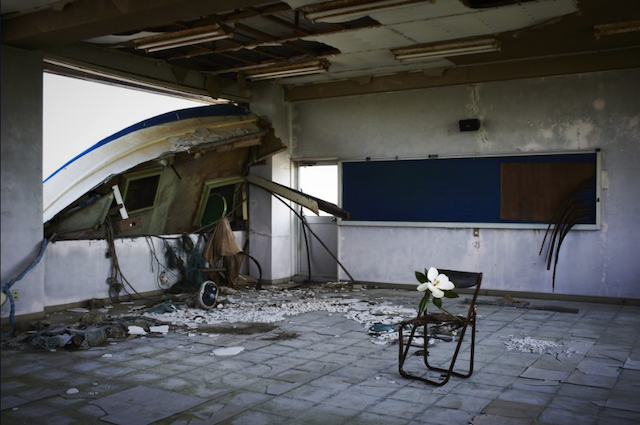
A Future for Memory: Art and Life After the Great East Japan Earthquake
When: February 11 to September 5, 2021
Where: MOA (6393 NW Marine Drive, Vancouver)
Admission: Pre-booked timed-entry tickets to MOA (which includes admission to this exhibition) will be required.
Curated by Fuyubi Nakamura, MOA’s Curator for Asia, the exhibition will open in time to commemorate the 10th anniversary of the 2011 triple disaster that saw a 9.0 magnitude earthquake, tsunami and nuclear meltdown hit the eastern region of Japan.
The exhibition highlights nature’s destructive impact on humans and its regenerative potential, and explores how humans live in harmony with nature, as well as how new connections and relationships have developed in the aftermath of this tragic event.
“The exhibition is derived from my personal experiences in the disaster region. I spent a few months in the Miyagi Prefecture, which suffered the largest number of casualties, and I have returned every year since. I worked particularly closely on rescuing and cleaning photographs found amid the debris, an experience that led me to reconsider the relationship between memory and objects.”
Fuyubi Nakamura
A Future for Memory will feature works by eight artists, groups and institutions from Japan, tracing the material and intangible effects of the Great East Japan Earthquake, commonly referred to as 3.11 in Japan after its date of occurrence on March 11, 2011.
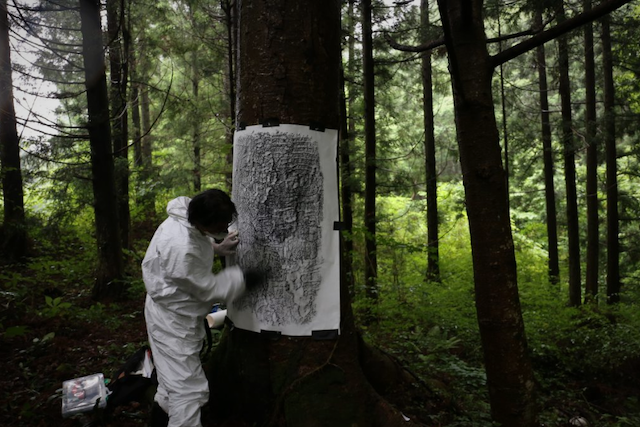
“The Great East Japan Earthquake left both visible and invisible fears in its wake. In a way, these effects are not unlike what we’re experiencing today from the COVID-19 pandemic. No matter the type of disaster, recovery is a long and challenging process. Art can be a crucial agent in revitalizing stricken communities, providing a potent opportunity for reflection and creating a shared sense of hope.”
Fuyubi Nakamura
Renowned artist Masao Okabe will present The Irradiated Trees Series: From Hiroshima to Fukushima. The large installation consists of 114 frottage works on paper, displayed in a cylindrical shape to represent both the silhouette of a tree and a nuclear reactor. The frottage works were created by rubbing and tracing onto paper the surfaces of various objects by the artist between 2008 and 2017 from areas affected by nuclear disasters in Japan. A photograph and a video by longtime collaborator and photographer Chihiro Minato will also be displayed, showing Okabe’s process in creating the frottage works.
Atsunobu Katagiri, a master of ikebana (the Japanese art of flower arranging), will present 22 photographs of floral arrangements he created in Minamisōma City, Fukushima Prefecture. The city was the closest habitable town to the nuclear power plant where the meltdown occurred. Overwhelmed by the environment, Katagiri was driven to make the floral arrangements in honour of all that had been lost.
A curated selection of works from the Documentary of the East Japan Earthquake and Tsunami and History of Tsunami Disasterexhibitat Rias Ark Museum of Art, located in Kesennuma City, Miyagi Prefecture, will also be on display. The collection of 32 photographs and one illustration show the results of that museum’s two-year independent investigation to document the disaster.
The “Lost Homes” Scale Model Restoration Project will showcase a model of Ōfunato City, Iwate Prefecture that was greatly impacted by 3.11. Since 2011, the initiative has built pre-disaster diorama models of villages at a 1:500 scale. Once a model is completed, workshops are held with local community members to share stories and memories about their home.
Approximately 5,000 rescued photos found in Yamamoto Town in Miyagi Prefecture will also be on display. Collected and cleaned by the “Omoide Salvage” Project, the photos were digitized and added to a database, in the hope they can be reunited with their owners. Around 750,000 photographs have been found to date in Yamamoto Town alone. The Lost & Found Project was created to exhibit heavily damaged photos as a way to share their experiences.
The center for remembering 3.11 will present 17 videos from their archives. The films document the experiences and processes of reconstruction following the disaster, so that present and future generations can remember.
The 2020 documentary Tsunami Ladies, the story of six Japanese and Chilean women who live on tsunami-affected coasts, will be screened. The documentary follows the resilient figures as they explore their unique connection through the universal language of food. The stories of relationships created through the fishing boats washed ashore in BC will also be introduced.
There will also be an educational program with Canadian artist and Parks Canada Warden Peter Clarkson, who creates work using debris found along the BC coastline.
Shake Up: Preserving What We Value
The museum is still open while the great hall is undergoing a seismic rebuild/upgrade. In conjunction with this immense undertaking, MOA’s exhibition, Shake Up: Preserving What We Value, explores the convergence of earthquake science and technology with the rich Indigenous knowledge and oral history of the living cultures represented in MOA’s Northwest Coast collection. On now until Spring 2022, this exhibition will be displayed in areas throughout the Museum, and visitors will have the opportunity to see the majestic poles of the Great Hall resting in temporary storage in the adjacent O’Brian Gallery.
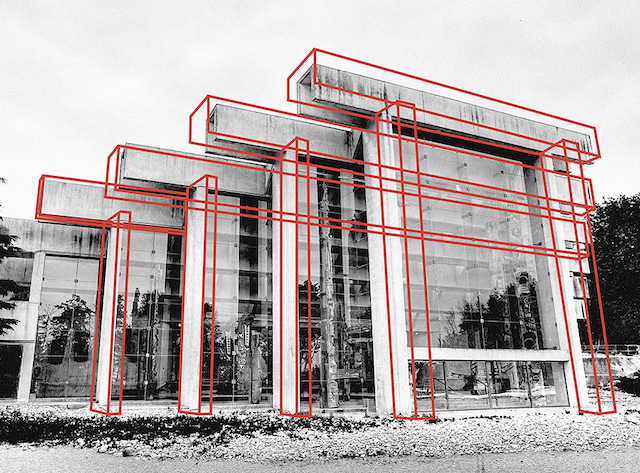
Follow the MOA on Facebook for more info and pre-book your entry time online.






